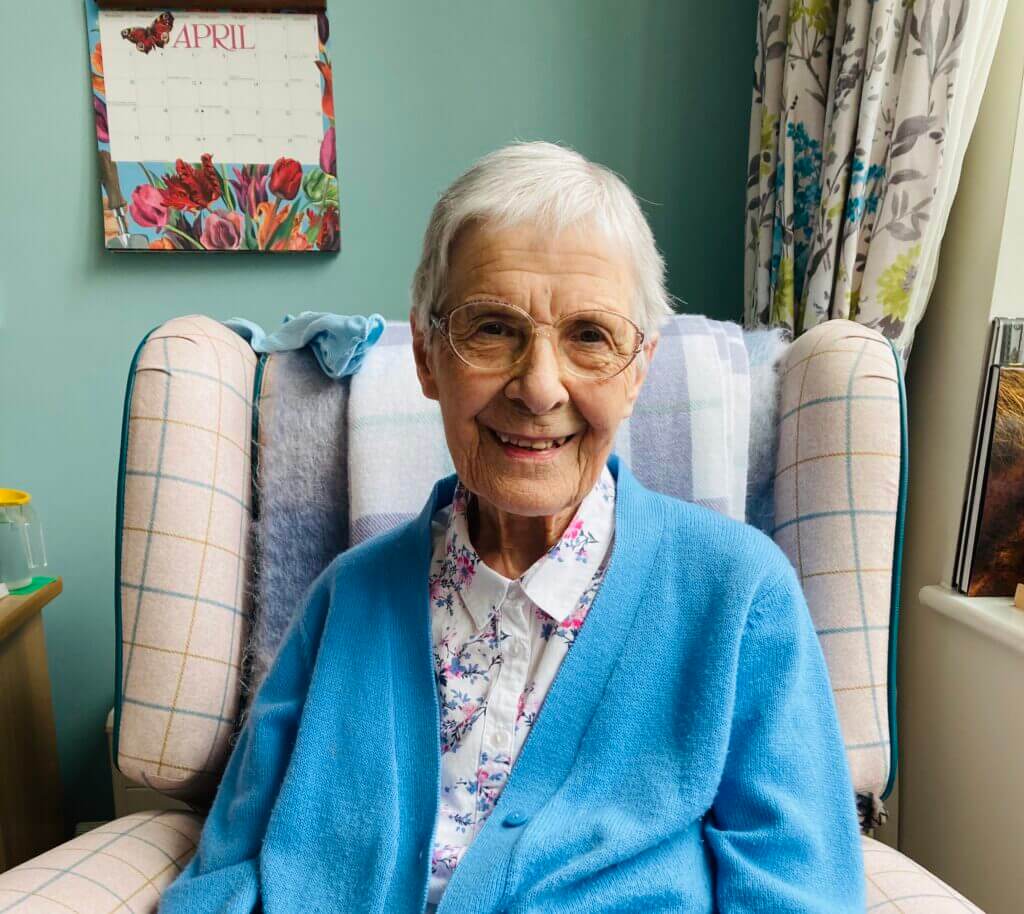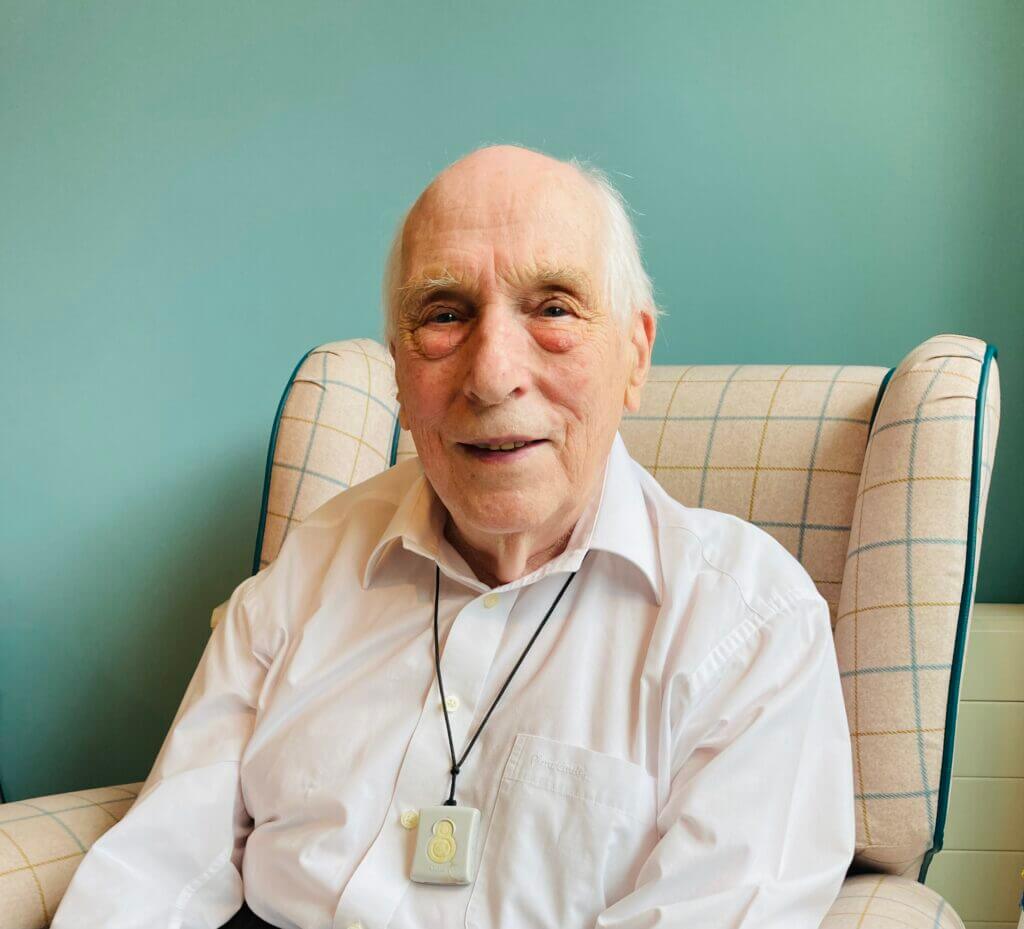
Although there will inevitably always be challenges associated with moving to a care home, with an ever-growing population, it’s crucial the mental health of residents is properly supported, ensuring that care homes are a positive place to live for any person, at any stage in life.
Over recent decades, we’ve taken huge steps forward as a society when it comes to mental health. There is increasingly more understanding and support available and in turn, a decrease in the stigma that comes with sharing our mental health struggles.
Whilst many care home residents are settled and content, it’s important that the progress we have seen across wider society is applied to residential settings too, prioritising mental health alongside physical health.
Deepu Pillai, manager at Neath House in Milton Keynes, comments on why mental health is important in care homes:
“If the mental health needs of a person are not met then this can affect the overall health of the person.
“Think about how if you are unhappy, feeling anxious, depressed or isolated it can affect your health. The mental health of older people is just as important, and if we support the people living in our care home to feel good, then we will be able to meet all their other care needs, and the person will also be happy.”
There are a range of techniques care homes adopt to promote mental wellbeing in care homes.
A person-centred approach
Care homes can be busy and sometimes overwhelming and it’s easy for a resident to feel lost within the day-to-day goings on, especially if they are new to the home.
Katy Hughes, manager of Glennfield Care Home, an Excelcare Holdings setting located in Wisbech, says: “I think everyone is more aware of mental health and new residents are often willing to share how they are feeling which is of course a good thing. There will always be some anxiety and possible low mood when someone is settling into a new home with new people, and we are very aware of that.”
Whilst a period of settling in is expected, some residents may find it more difficult to accustom themselves to the lifestyle, leading to them experiencing a loss of self, where they feel they don’t contribute or have much say in the things going on around them.
Every resident should be recognised as a unique individual
A person-centred approach looks to ensure every resident is recognised as a unique individual with their own background and stories to tell. Focusing on and paying attention to individual interests, beliefs and history will help to make sure people know they are seen for who they are, rather than just a resident occupying a bed space.
“Spending the time to find out about individuals when moving in is so important, we want to ensure the activities we provide are of an interest to the individuals living in the home, ensuring people have a say in how they live, and how their home is run, involve them in any changes made to the environment to ensure they feel like they have a voice and a purpose. Let people choose what goes on the daily menus, hold 1-1 meetings and group meetings so everyone has a say,” says Claire Keen, manager of Fitzwilliam House in Cambridge.
Meaningful activities
When looking for a care home, the overall lifestyle is often a selling point for potential residents and their loved ones. People want to know that there is more to a setting than care.
Introducing activities and events that are suited to residents’ interests as well as their capabilities ensures residents have the opportunity to engage in something they enjoy. Having things scheduled also offers a sense of purpose and activities can help residents to feel productive.
Tendai Mangoro, manager at Waterhall Care Home in Milton Keynes, comments: “Looking after mental health is key to looking after an individual. A resident who has a better mental state can be in control of the day-to-day activities and lives a happier life. I think having meaningful activities is key to boosting residents’ mental health. This can be achieved by having keyworkers having at least an hour in the morning or afternoon to be with the individual and have a one to one to go through what individuals prefer to do during their spare time.”
‘Now I see people all the time’
Ruth Pryce, aged 95, lives at Charterhouse Care Home in Keynsham. Speaking about life in the care home, she says:
“I have lived here for over four years. I am glad I moved to Charterhouse as I was on my own in my flat before. But now I see people all the time and I have got a lovely view from my window, and I can see people coming and going. I am in the choir here which I really enjoy, and I go to a meditation session every Monday and I water the plants here. I like to keep busy.

“There are some people here who just watch the television and then fall asleep in their chair. I am not like that. I am always doing things. Things had got difficult when I was living on my own but here there is always someone to help. I have even used the jacuzzi here which is really lovely.”
Activities should cover mental, physical and social needs and be varied and flexible.
Examples include:
- Quizzes with questions catering to residents’ interests
- Arts & crafts
- Gardening
- Cooking
- Movement classes
- Entertainment
Social connections
Moving to a care home can be isolating in many ways; losing the lifestyle you’ve led, seeing loved ones less often and no longer being able to attend things you used to can all contribute to a person feeling cut off.
But social connection is vital to the wellbeing of every one of us, and care home residents are no exception. They should be encouraged to stay connected, maintaining their relationships and even building new ones.
Visits from family and friends should ideally be in person, but if this isn’t possible, there are many different ways to stay in touch. From a traditional phone call to video chats and messaging, or even email, residents should never have to miss out on contact with their loved ones. If residents are older or not particularly tech-savvy, they might even enjoy learning about these different methods of communication.
Care homes are full of potential friendships
Residents should also be encouraged to get to know one another. Knowing the other people you are sharing a home with will help to make the setting feel more familiar, and provides the opportunity to bond over similar interests or backgrounds, opening the door to potential friendships.
“Having a familiar face in a care setting can be extremely important and helpful for someone trying to relax, and feel more at ease, especially if they are in a new environment, it’s good to encourage new friendships with others living in the care home, and to encourage people to form bonds,” comments Claire Keen.
Katy Hughes also supports this sentiment: “Family and friend involvement is so important so the person doesn’t feel alone and isolated. We also encourage that the team support residents in building new relationships with other residents and team members. We listen to what that person wants and support them as they need, as an individual.”
Ron Wallington lives at Charterhouse Care Home in Keynsham alongside Ruth Pryce. He says:
“I moved here with my wife but she passed away in January. We moved from London to here so we could be close to my son. I have made new friends here which has been nice. My son comes and visits me with the grandchildren which I really like.”

To find out more about making friends in a care home, see our article here.
Access to healthcare
It goes without saying that care homes are equipped to meet the healthcare needs of residents in terms of illnesses, conditions or diseases. However, it’s important that residents also have access to regular healthcare, just as they would in the community.
Factors such as eyesight and hearing can play a big part in a person’s confidence, but it’s not uncommon for people, particularly as they get older, to avoid voicing any problems they are having.
Regular check-ups can help to ensure these things get the attention they deserve, helping to maintain residents’ confidence, social skills and independence.
Both care home staff and loved ones of residents can advocate for this, if necessary, but the majority of care homes will have connections to external healthcare professionals, such as GPs and opticians.
Learn to spot signals
Simply being aware of the signs that a person may be struggling with their mental health is a great foundation to taking action to help them, whilst also building the knowledge to prevent others from feeling the same way in the future.
Every person is different, but there are common behaviours that indicate a person’s mental health may not be tip top.
These include:
- Withdrawing
- Sleeping a lot or not very much
- Loss of appetite
- Expressing guilt
In a care home setting, it can be more difficult to determine whether these signs are specifically related to mental health as they can overlap with a number of things a person might be experiencing, including conditions such as dementia as well as side effects from medication, for example.
However, a person-centred approach to care means that care home staff will be familiar with their residents’ general temperament and personalities, making it easier to spot differences in their behaviours that may signal that something isn’t quite right.
Holistic approach
Jayne Masterson, manager of Castlemead Court, comments, “In some cases, people may need more reassurance and time to adjust and settle to their new surroundings. A holistic approach supports the person wholly and in a person-centred way and does not only relate to meeting task orientated needs.”
She continues to explain how a person’s mental health can be impacted when moving to a care home, and what the setting can do to help them.
“The impact of moving to a care home varies and depends wholly on the circumstances as to why they are moving in. It can be positive if the person has been through a crisis or spent a period of time in hospital, as they are often comforted by knowing they will be well cared for and supported with daily living which can remove any burdens of living alone. In some cases, people may need more reassurance and time to adjust and settle to their new surroundings.”
Further help and support
Withdrawing or feeling low shouldn’t be seen as inevitable side effects of moving to a residential setting. Care home residents have the same right to a happy and fulfilled life as any other person in society.
If you are worried about your own mental health or that of a loved one, your first point of call will be the care home itself. Staff should be happy to do all they can to support their residents’ wellbeing and ensure they are living the best possible quality of life.
If you ever find yourself in a situation where you don’t think a care home is supporting their residents, there are steps you can take to make a complaint.
If you are looking for residential mental health care, see our article here.
We also have a range of advice and guidance available on our website here.


